
EU Amazon Bluetooth Speaker RoHS, RED, REACH, CE, WEEE Certification
Planning to import and sell Bluetooth speakers in the EU?
This guide explains what you need to know about ROHS certification, Radio Equipment Directive (RED), REACH certification, EN standards, Declaration of Conformity (DoC), CE marking, and other relevant regulations for Bluetooth speakers and other wireless audio products.
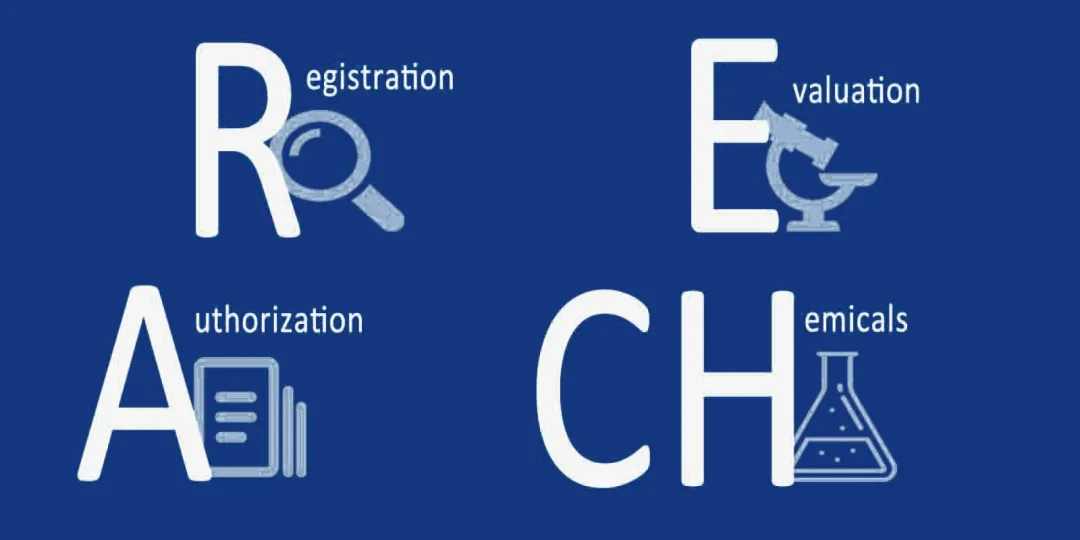
Mentioned Products:
1. Portable Bluetooth speakers
2. Wi-Fi-enabled Bluetooth speakers
3. Bluetooth hands-free speakers
4. Stereo headsets
Bluetooth Speaker RoHS Certification Directive:
RoHS (Restriction of Hazardous Substances Directive) is mandatory for Bluetooth speakers sold in the EU as it regulates the use of specific hazardous substances in electronic products. Here are some examples of restricted substances covered by RoHS:
- Cadmium (Cd)
- Lead (Pb)
- Mercury (Hg)
- Di(2-ethylhexyl) phthalate (DEHP)
- Hexavalent chromium (Cr6+)
- Polybrominated biphenyls (PBB)
- Polybrominated diphenyl ethers (PBDE)
- Benzyl butyl phthalate (BBP)
- Dibutyl phthalate (DBP)
- Diisobutyl phthalate (DIBP)
These restricted substances can be found in batteries, metal coatings, and solders. Bluetooth speakers must not contain excessive amounts of restricted substances, e.g., cadmium (Cd) content in Bluetooth speakers must not exceed 100 ppm (parts per million) or 0.01%.
RoHS applies to every electrical or electronic component of your product. Your supplier can only use RoHS-compliant components during assembly or manufacturing. Therefore, you should instruct your supplier on RoHS regulations before mass production.
Bluetooth Speaker CE certification Mark:
Products (including Bluetooth speakers) compliant with the RoHS directive must bear the CE certification mark. The product must have a visible, permanent CE marking on the product and its packaging.
RoHS Symbol:
The RoHS mark has no legal significance or basis in itself. Therefore, electronic products sold in the EU (such as Bluetooth speakers) do not require a RoHS mark. However, some manufacturers choose to add the RoHS symbol to indicate specific components' compliance with RoHS.
Risks:
Bluetooth speaker manufacturers in China and other regions do not exclusively use RoHS-compliant ICs, PCBs, connectors, and other components. Therefore, it is crucial to inform your supplier that only RoHS-compliant components should be used in assembling Bluetooth speakers. Additionally, you should inform them that the product will undergo lab testing.
Bluetooth Speaker Radio Equipment Directive (RED):
The Radio Equipment Directive (RED) covers radio equipment placed on the EU market, including Bluetooth speakers. RED establishes a regulatory framework to ensure compliance with essential safety and electromagnetic compatibility requirements.
Therefore, your Bluetooth speakers must comply with RED before entering the EU market.
Equipment Covered by RED Certification Directive:
1. Wi-Fi-enabled Bluetooth speakers
2. 3G-enabled Bluetooth speakers
3. 4G/LTE-enabled Bluetooth speakers
4. 5G-enabled Bluetooth speakers
5. Bluetooth speakers with RFID equipment
Bluetooth Speaker RED Certification Test Report:
We recommend pre-booking RED lab testing for Bluetooth speakers before importing to the EU. Note that you usually cannot use supplier test reports, including DoCs and CoCs without verifiable test report backups.
Bluetooth Speaker RED Certification Testing Costs:
RED testing costs may vary significantly depending on the type of Bluetooth speaker. Generally, prices depend on the complexity of the speaker (e.g., number of components), ranging from several thousand to several tens of thousands.
CE Certification Mark:
All products within the scope of RED require CE marking. The directive covers all wireless electronic devices, including Bluetooth speakers. Additionally, you should prepare other documents such as the Declaration of Conformity (DoC), user manual, and technical files.
Since at least two CE directives apply to Bluetooth speakers, you must affix the CE mark to indicate compliance. The CE mark must be visibly, clearly, and indelibly affixed to the Bluetooth speaker and its packaging.
CE Documentation:
The CE mark is not the only requirement under CE directives. To ensure your Bluetooth speakers comply, you must issue a Declaration of Conformity (DoC), user manual, and technical documentation before importing and selling in the EU.
Bluetooth Speaker Declaration of Conformity (DoC):
The DoC is a statement issued by the importer or manufacturer declaring the product meets the essential requirements of applicable directives. The DoC should include the following information:
1. Product identification/SKU (e.g., Bluetooth speaker model A)
2. Product characteristics
3. Name and address of the manufacturer/importer
4. List of applicable EN standards or directives
5. Responsible person
The DoC is typically required when importing and selling in the EU. Parties including the government, retailers, and consumers may request the DoC for compliance verification.
Bluetooth Speaker User Manual:
You also need to provide a user manual for the Bluetooth speakers, including the following information:
1. Instructions on how to install the product;
2. An overview of product parts and component names;
3. Safety instructions;
4. Product usage instructions;
5. Instructions on how to charge and/or refill the product;
6. Instructions on how to dispose of the product in an environmentally friendly manner.
If there is no space to print on the product, you can also include all compliance-related information (e.g., CE mark and WEEE mark) in the user manual.
Technical Files:
Technical documentation demonstrates how the product is assembled and is useful for indicating CE compliance. It should include design specifications, materials, labels, and packaging.
You should create technical files using the following information:
- Material list (e.g., list of materials for Bluetooth speakers)
- Design specifications
- Label files
- Packaging files
- List of applicable standards and directives (e.g., RoHS, RED)
- Test reports
- Quality control reports
- Risk assessment
- Test reports
Attach test reports to the technical files. Test results should comply with CE directive requirements specified in the DoC.
Bluetooth Speaker weee certification Symbol:
The WEEE directive applies to Bluetooth speakers to address the environmental impact of unnecessary waste from electrical and electronic equipment. The WEEE symbol indicates that the product is part of a separate collection under WEEE, and the symbol must be visibly, clearly, and indelibly printed on the product and its packaging.
WEEE Certification Label File:
You need to create the WEEE symbol label file yourself, preferably in .ai or .eps format, and submit it to your supplier before mass production. We recommend including the WEEE symbol in packaging and user manual files as well.
Bluetooth Speaker REACH Certification:
The REACH regulation covers the use of chemicals and their potential impact on human health and the environment. REACH also sets restrictions on specific hazardous substances in all consumer products sold in the EU.
Note that REACH is not specific to electronic components but applies to all materials. Therefore, the plastic housings and other materials used in the production of Bluetooth speakers must comply with the standards.
Here are some examples of restricted substances under REACH:
- Lead
- Cadmium
- Mercury
- Pentachloroethane
- Acrylamide
- Benzene
Substances of Very High Concern (SVHC):
The SVHC candidate list provides information on restricted substances and requirements under REACH, with 209 substances detected as of July 4, 2020.
The European Chemicals Agency (ECHA) periodically updates the list. Importers may find it challenging to keep track of these restricted substances. Therefore, we recommend seeking help from testing companies to assess REACH compliance.
Risks:
Similar to RoHS, you should not assume that manufacturers use REACH-compliant plastics and other materials. Therefore, informing your supplier to purchase only REACH-compliant materials and sending samples to third-party testing companies is crucial.
Directive 94/62/EC: Packaging Requirements:
When importing and selling Bluetooth speakers in the EU, ensure the packaging complies with the regulations. Here, we summarize the EU packaging materials and waste requirements:
Heavy Metal Restrictions:
Directive 94/62/EC sets limits on the heavy metal content in packaging. Bluetooth speaker packaging must not contain excessive amounts of certain harmful metals, such as lead, cadmium, and mercury.
Third-party laboratory testing can help you verify packaging material compliance. Testing is not limited to heavy metals but includes any restricted substances under Directive 94/62/EC. Testing companies like Intertek, SGS, and TUV offer packaging material testing services to ensure compliance.
Other Packaging Information:
1. Packaging design and materials should facilitate and simplify the collection, reuse, and recycling of materials.
2. Product label requirements (e.g., CE mark, WEEE mark) should also be printed on the packaging.
Bluetooth Speaker Amazon EU Compliance Requirements:
If you intend to sell Bluetooth speakers on Amazon, you must understand their compliance policies regarding regulations, directives, certifications, and labeling requirements.
You must at least ensure that your Bluetooth speakers comply with all mandatory requirements and that all labels and documentation are in place. For example, CE mark, RED and ROHS Test reports, DoC, and technical files.
We have seen cases where Amazon even requires sellers to comply with voluntary standards. Therefore, you must be well-prepared to gain Amazon's approval. We recommend reading Amazon Seller Central's Bluetooth speaker requirements and seeking help from testing companies for compliance documentation.
How Does Amazon Check Product Compliance?
It mainly depends on the documentation you provide. Amazon may request DoCs, test reports, certificates, or any other relevant documents to verify compliance.
Note that they do not regularly check product compliance. Instead, they can contact you at any time to request these documents.
What Happens if We Sell Non-compliant Bluetooth Speakers on Amazon?
Amazon will not accept any non-compliant products sold on their platform. Amazon reserves the right to remove your entire product listing, and if necessary, they can suspend your Amazon account.
Email:hello@jjrlab.com
Write your message here and send it to us
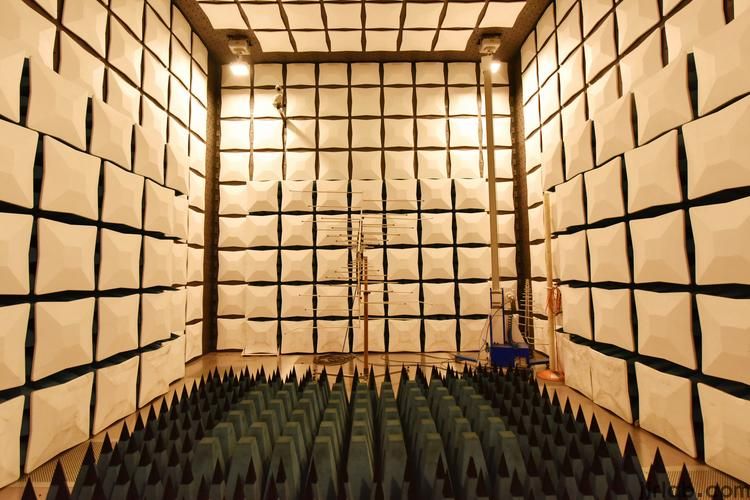 EMC Pre Compliance Testing
EMC Pre Compliance Testing
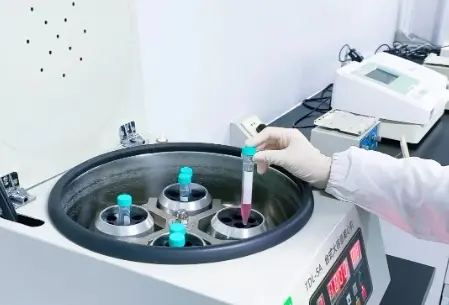 PAHs Testing (Food and Textile)
PAHs Testing (Food and Textile)
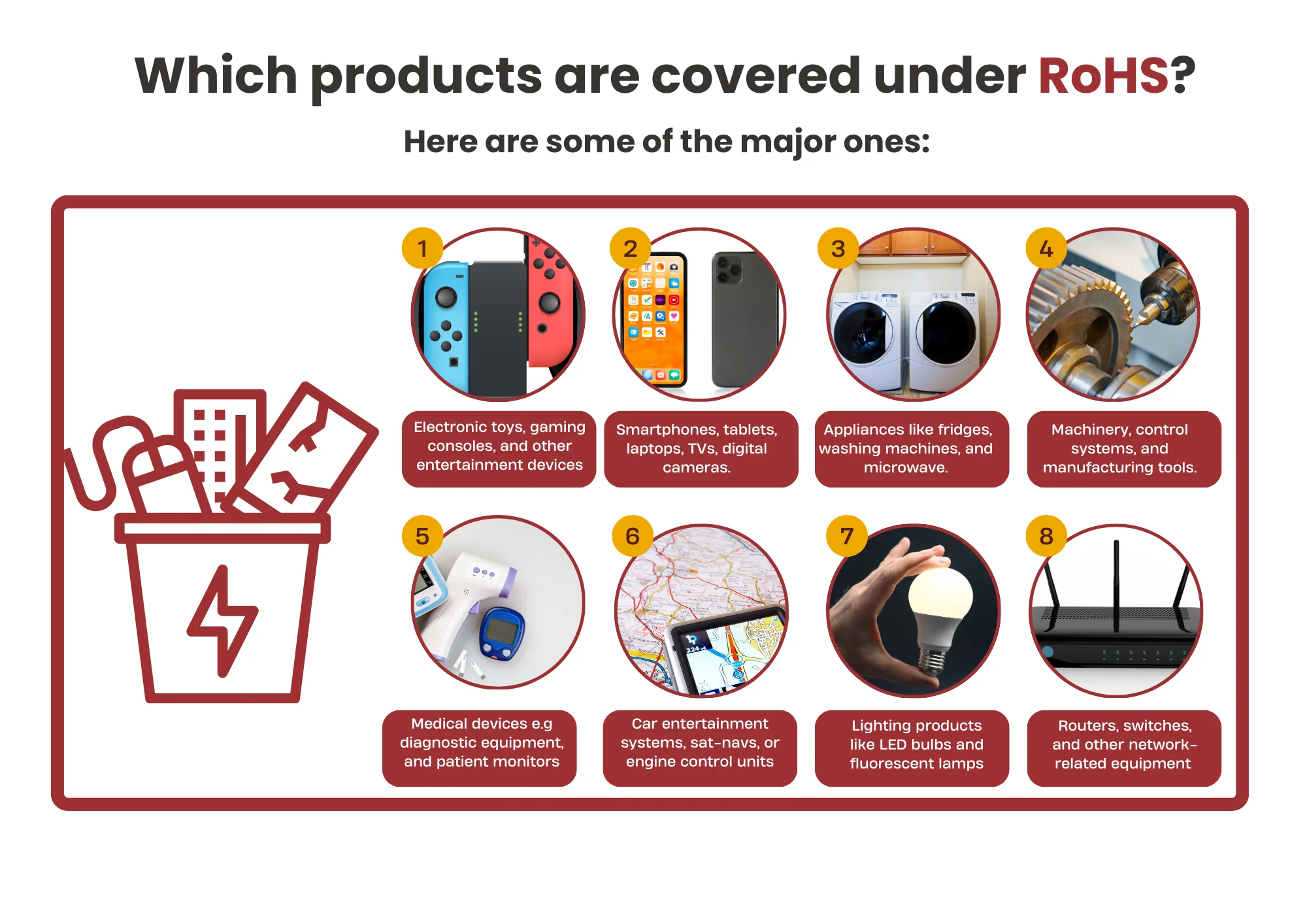 Where to Apply for the EU RoHS Test Report?
Where to Apply for the EU RoHS Test Report?
 Children’s Products and Toy Testing
Children’s Products and Toy Testing
 What is a GB 31701 Test Report?
What is a GB 31701 Test Report?
 UN 38.3 Transportation Test
UN 38.3 Transportation Test
 Toxicological Risk Assessment of Medical Devices
Toxicological Risk Assessment of Medical Devices
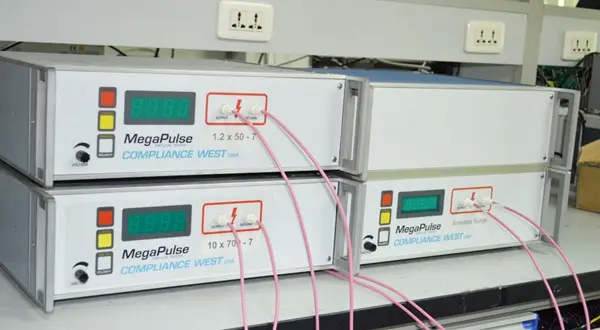 How to get the Vacuum Cleaner UL 1017 Test Report?
How to get the Vacuum Cleaner UL 1017 Test Report?
Leave us a message
24-hour online customer service at any time to respond, so that you worry!




